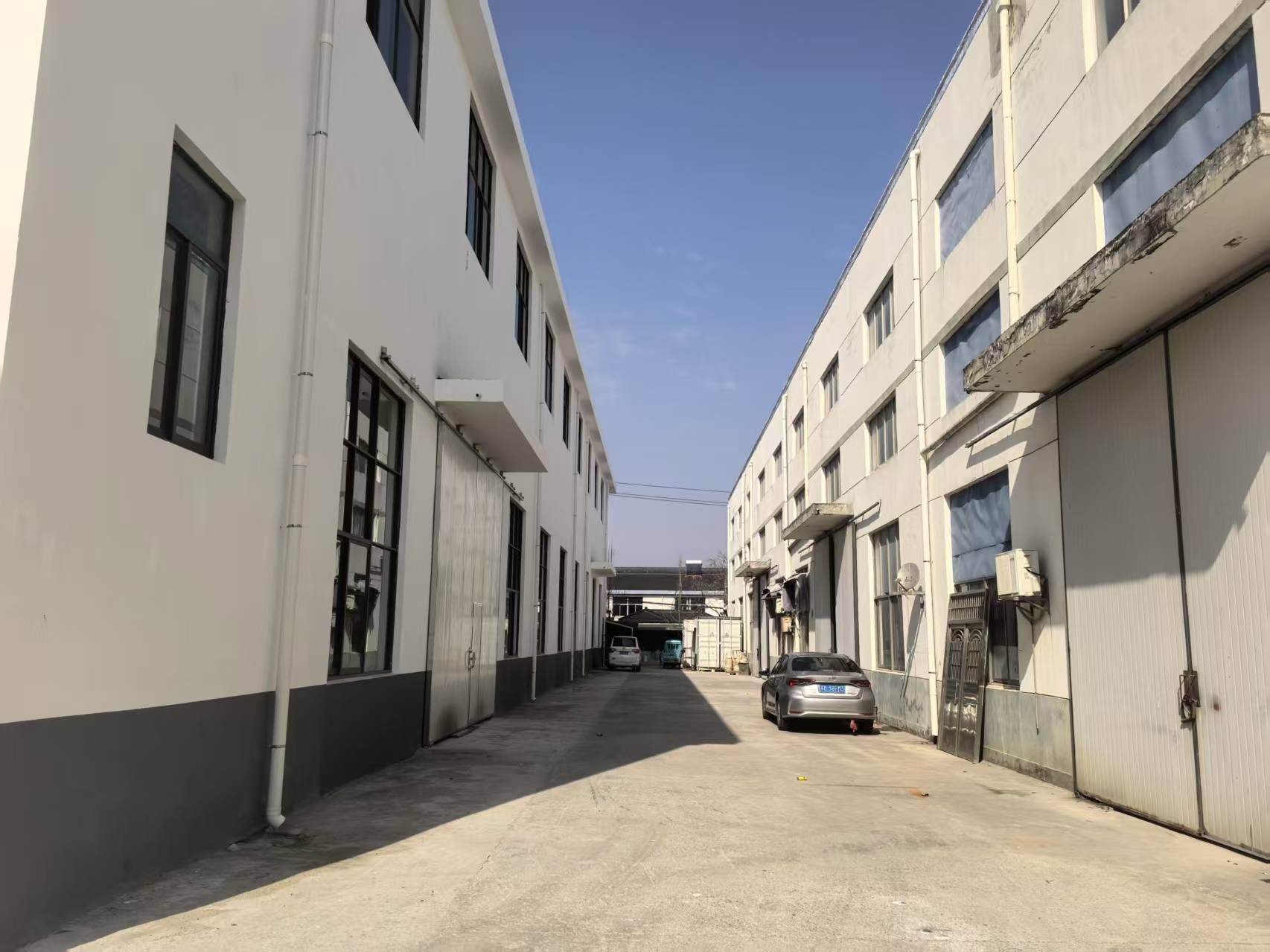
Advanced alloy exhibit distinguished structural essences, driving them optimal for a wide array of implementations. Deriving from flight and automobiles to digital devices, these materials are incessantly progressing to meet the preconditions of a leading-edge world.
- Their sturdiness and defense to drastic conditions make them paramount for superior mechanisms.
- Moreover, technical ceramics provide pros in terms of efficiency, contributing the improvement of novel systems.
Manufacturing Composites: Built for Superior Operation
Developed ceramics outperform in stringent deployments due to their unparalleled features. Built from chosen raw components and going through intensive processing operations, these next-generation components demonstrate superior fortitude, wear resistance, and endurance to tough atmospheres, chemical attack, and scratching. From outer space components to machining tools, industrial ceramics provide unparalleled efficiency across several areas. Their multipurpose nature allows surviving rough conditions, affirming longevity and trustworthiness. As advancement progresses, the need for advanced resources grows, cementing the dominant part of industrial ceramics in shaping a thriving epoch.
Advanced Ceramics: Scaling Component Limits
Structures, exhibiting impressive fortitude and tenacity, are underwent a innovation. Sophisticated ceramics, formulated with meticulous control over their configuration and microstructure, breaking the thresholds of what's conceivable. These composites offer a extensive assortment of qualities, substantially aiding them tailored for critical applications such as spacecraft, biomedical, and utilities. From slim parts that resist extreme thermal conditions to non-toxic implants that meld fluidly with the flesh, advanced ceramics are reshaping our environment.
Exact Ceramic Manufacturing: Meeting Stringent Requisites
Ceramic fabrication has grown remarkably in recent eras, facilitating the fabrication of intricate and highly usable ceramic segments. These pieces are important across a comprehensive range of markets, including outer space, healthcare, and device domains. Matching the exacting conditions for these deployments calls for exact fabrication practices that guarantee dimensional faithfulness, surface quality, and material attributes. Contemporary ceramic fabrication processes incorporate multiple methods, including slip casting, injection molding, and additive manufacturing. These procedures support the creation of complicated layouts and fine facets with unparalleled reliability. In addition, advances in materials science have produced new ceramic recipes endowed with boosted qualities. These ceramics demonstrate increased toughness, lastingness, and tolerance to demanding warmth conditions, supporting their use in rigorous sectors.
The expectations for accurate ceramic fabrication are enormous. As developments and development make headway, we can await even more state-of-the-art practices and structures that will besides broaden the thresholds of what is possible in this domain.
High-Strength Ceramic Products for Tough Situations
Engineered ceramic compounds feature extraordinary hardness and immunity against severe locales, making them suited for stringent deployments in aviation fields. These cutting-edge ceramics can endure drastic temperature-related loads, resist wear, and retain their capability under intense dynamic loads. Their singular crystalline properties equip reliable utility in critical conditions, including thermal devices, aero engines, and nuclear plants.
- Composite ceramics
- High-temperature stability
- Weight minimization
Hybrid Materials: Fusing Rigidity and Performance
Mixed ceramics convey a strong mix of mechanical fortitude and distinct tailored capacities. Through the amalgamation of ceramic particulates within a scaffold, these alloys achieve impressive strengths. This alloy results in heightened immunity against high thermal conditions, wearing, and chemical degradation, rendering them ideal for exacting duties in aeronautics, cars, and fuel industries. Furthermore, ceramic composites are engineered to possess specific properties like electrical conductivity or biocompatibility, stretching their usage across diverse arenas.
Nanostructural Manipulation in Cutting-Edge Ceramics
Accomplishing preferred essentials in leading ceramics frequently involves precise regulation over their microstructure. Countless manufacturing elements, including sintering temperature, time, and atmosphere, alongside the embedding of dopants or secondary phases, notably modify the arrangement of microstructures, absorption, and other microstructural characteristics. Precise fine-tuning of these criteria allows for the amplification of strength, rupture tolerance, and thermoelectric conductivity. In particular, lifting the sintering temperature can promote grain expansion, thus increasing mass concentration and improving mechanical load-bearing capacity. Conversely, handling the firing atmosphere may influence the oxidation state of the ceramic, thereby influencing its electrical capacitance or magnetic properties. Understanding these relationships between microstructure and properties is crucial for developing advanced ceramics with tailored characteristics suitable for numerous positions.
Hardness-Boosting Ceramics: Improving Longevity
Inside hard-wearing production sectors, where modules are submitted to to constant abrasion and decay, products with exceptional hardness are fundamentally needed. Wear-resistant ceramics have manifested as a prime response, offering unparalleled robustness and effectiveness in varied sectors such as production, mining, and aerospace. These state-of-the-art compounds possess a special texture that strengthens their potential to endure wear. By exploiting the built-in hardness and substance of ceramic elements, engineers can create tough items capable of withstanding the most difficult operating conditions.
Biocompatible Composites: Scenarios in Medical Science
Living tissue-compatible ceramics have remodeled the healthcare field, conveying an array of supportive qualities for wide-ranging works. These ceramics are inert within the flesh, minimizing sensitivity responses and supporting wound closure. A prime application for biocompatible ceramics is in joint replacements, where their sturdiness sustains long-lasting security to damaged tissues.
What's more, they are adopted in prosthetic teeth, supplying a strong and attractive solution for molar substitutes. Ceramics also maintain a key part in pharmaceutical applications, enabling the focused transport of medication to specific targets within the human system.
- Over and above, biocompatible ceramics are frequently being examined for biological scaffolding, serving as a structure for wound healing.
- Accordingly, the future of biocompatible ceramics in clinical use looks bright, with continual studies expanding their functions.
Ceramic Detection Devices: Facilitating High-Precision Quantifications
Precision ceramic instruments have manifested as essential segments across a broad array of markets. These tools use alumina tube the incomparable properties of ceramic types to deliver highly precise quantifications. Their fortitude in {demanding|harsh| 